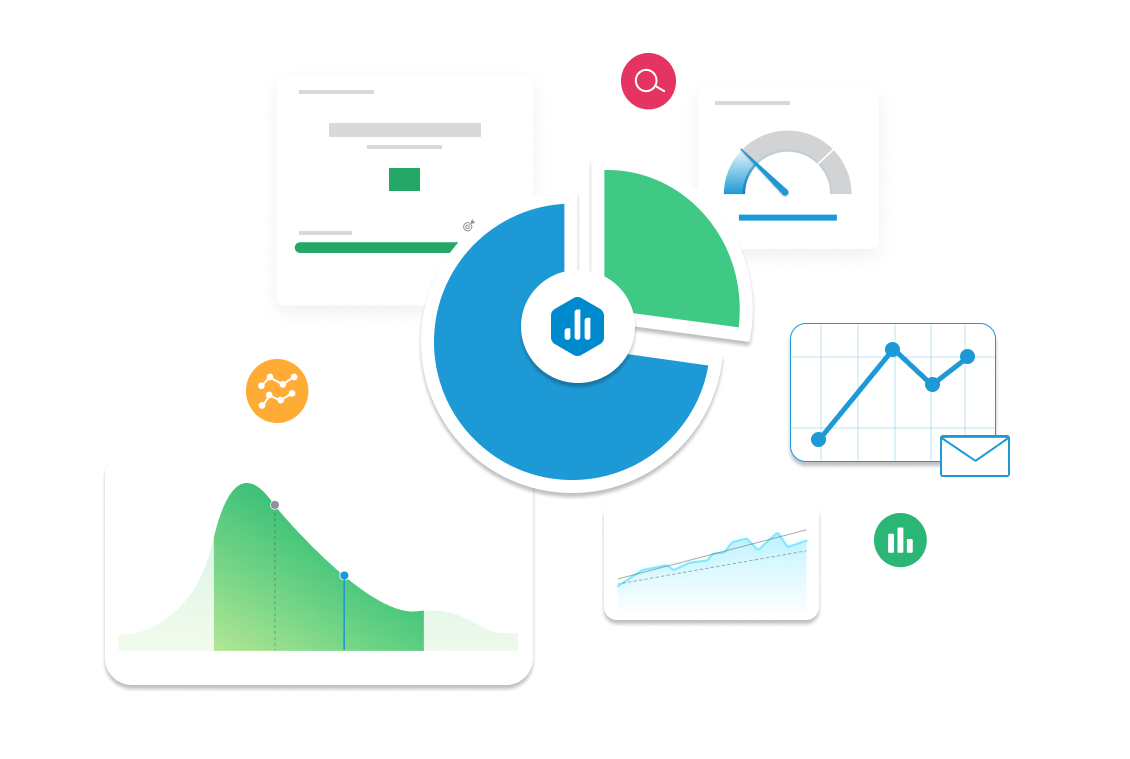Revenue Attribution
Discover how Revenue Attribution helps businesses connect revenue back to specific campaigns, channels, or touchpoints. Learn how to measure, analyze, and leverage this KPI to make smarter marketing decisions and maximize ROI.

| Category |
Marketing |
|---|---|
| Type |
Lagging Indicator |
| Calculation |
There is no single formula—Revenue Attribution depends on the attribution model used. |
| Measure |
Tracks the share of revenue attributed to specific campaigns, channels, content, or touchpoints—helping assess each one’s contribution to sales performance. |
| Data Sources: |
HubSpot, Google Analytics (GA4), Salesforce, Adobe Analytics, Marketo, Attribution tools (e.g., Dreamdata, Bizible, Wicked Reports, Segment). |
| Frequency |
Tracked continuously and analyzed monthly or quarterly to assess campaign and channel performance. |
Example target
Attribute 60%+ of Q3 revenue to marketing campaigns by improving campaign tagging, integrating CRM data, and using multi-touch attribution models.
Example Reports Use Case
A CMO or Growth Marketer uses revenue attribution to see which content, ads, or channels are driving high-value customers. They reallocate budget based on attribution insights to improve ROI.
What it Revenue Attribution
Revenue attribution is a way to figure out which marketing efforts actually helped make a sale. That’s it at the core. You’re looking at every touchpoint a customer had before they bought—ads, emails, blog posts, sales calls—and trying to understand how much each of those mattered.
Think of it like this: Let’s say someone clicks an Instagram ad, reads a blog post, signs up for your email list, then finally buys after a sales call. Revenue attribution is the process of going back and asking, “Which of those steps played a real part in closing the deal? And how much credit does each deserve?”
There are different methods for doing this. Some give all the credit to the first touchpoint (called first-touch), others to the last one (last-touch), and some split the credit between everything involved (multi-touch models). None of them are perfect, but all of them are better than guessing.
It matters because marketing budgets aren’t Monopoly money. Leadership wants to see which channels are pulling their weight. If paid search is driving 80% of your revenue, but you’re putting half your budget into display ads, that’s a problem. Attribution helps you fix that.
So, revenue attribution isn’t just about tracking. It’s about clarity. It’s what helps marketers make smarter calls, and helps companies stop wasting money on guesswork.



